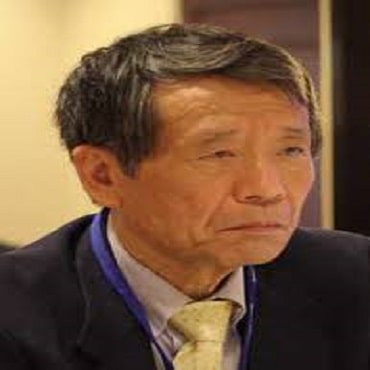Scientific Program

Masaru Matsuo
Dalian University of Technology, China
Title: Mechanical properties of a multi-layered nano-composite about implant longevity of hip prosthesis
Biography:
Masaru Matsuo is a full time professor of Dalian University of Technology in China Since September 1st 2014. He had completed his PhD at Kyoto University in Japan and he was a professor of Nara Women’s University. He is a visiting professor of Dalian University of Technology. He has published more than 200 papers in refereed journal articles. He is IUPAC fellow and he was “Certificate of Membership Award of ACS (July 2015~ July 2018). He received “Award of Society of Fiber Science and Technology of Japan” on May 1990, “Paul Flory Polymer Research Prize” on April 2010 and “Certificate of friendship Award of Liaoning Province in China” on September 2011.
Abstract
Recently, local Young’s modulus of nano-composites is mainly done by load-displacement curve resulting from the Nano indentation process. The problem for obtaining Young’s modulus by indentation method is the difficulty in evaluating Poisson’s ratio of the bulk composite. The present evaluation refers to the importance for Poisson’s ratio of implant longevity of hip prosthesis in orthopaedics. Different from actual orthopaedics, ultra high molecular weight polyethylene (UHMWPE)/hydroxyapatite (HA) composite was prepared as a substrate layer by the solution-gel method. He is bioceramic with good bioactivity. Hence the composites have the advantage of overcoming the problems of brittleness as well as adverse pathological reaction. The four layers with different HA contents were prepared by a sol-gel process, and the four components were hot-moulded to make a composite with HA gradient content without disappearing spongy-like structure. The friction coefficient decreases with increasing HA content indicating better condition as a bearing material in the femoral. To obtain complex Poisson’s ratio * of the resultant gradient composite (GC), the complex tensile modulus E* and shear modulus G* were measured. The evaluation was done as a function of temperature as follows: The values of and were calculated based on the concept that each layer lies adjacent to the other layers with the interface parallel to external excitation direction, so that the strains at the boundary are identical.
- Plastics Engineering - Current Innovations & Applications
- Composite Plastic Materials
- Polymer Chemistry
- Plastics in Packaging
- Plastics Revolutionized Healthcare
- Polymer Degradation and Stabilization
- Nano Material and Nanotechnology
- Processing & Analysis of Polymer Melt Flow
- Plastics & Rubber Innovative Materials
- Renewable Resources and Biopolymers
- Polymer Material Science and Engineering
- Polymer Industry Market & the Next Generation

